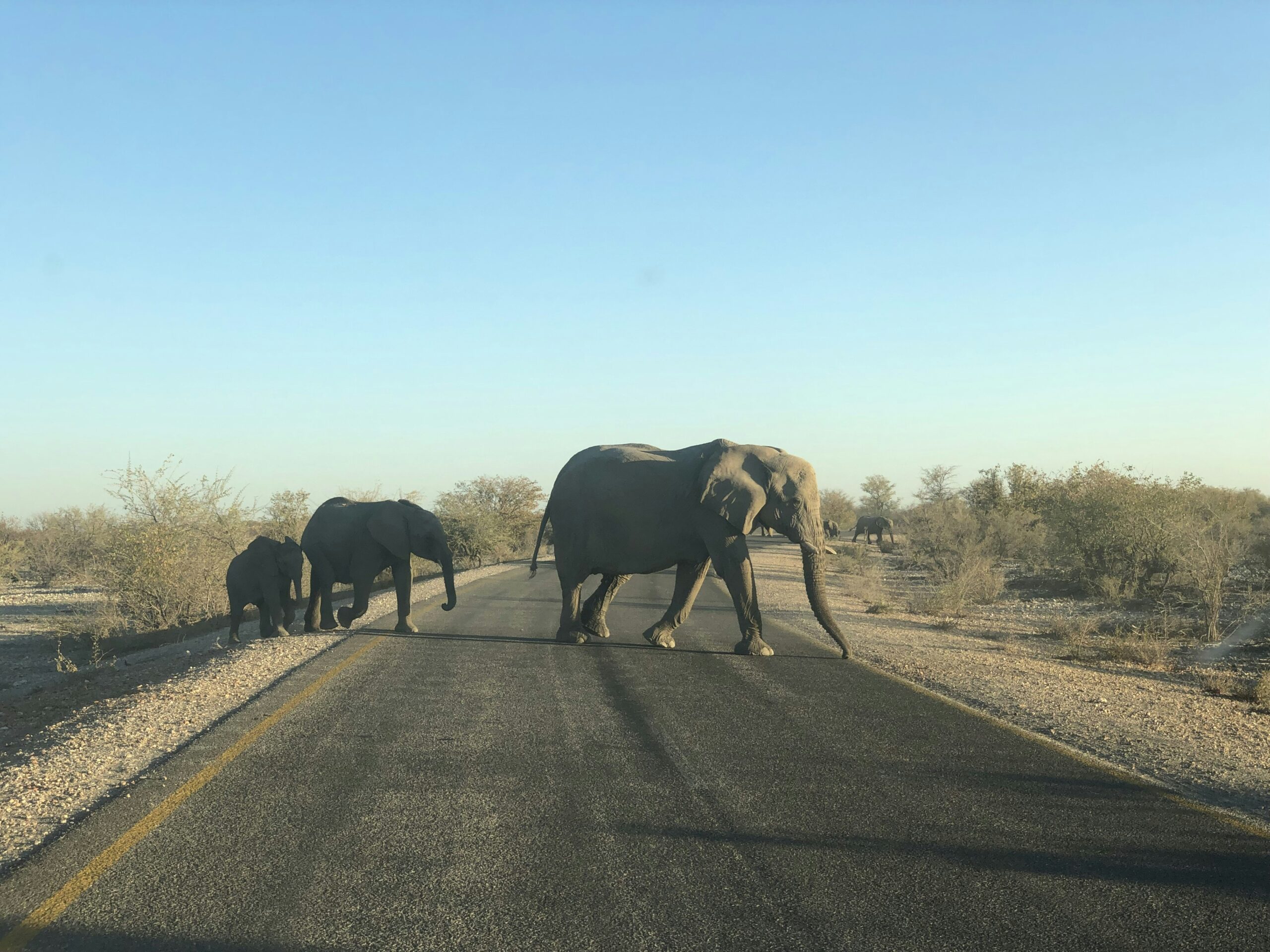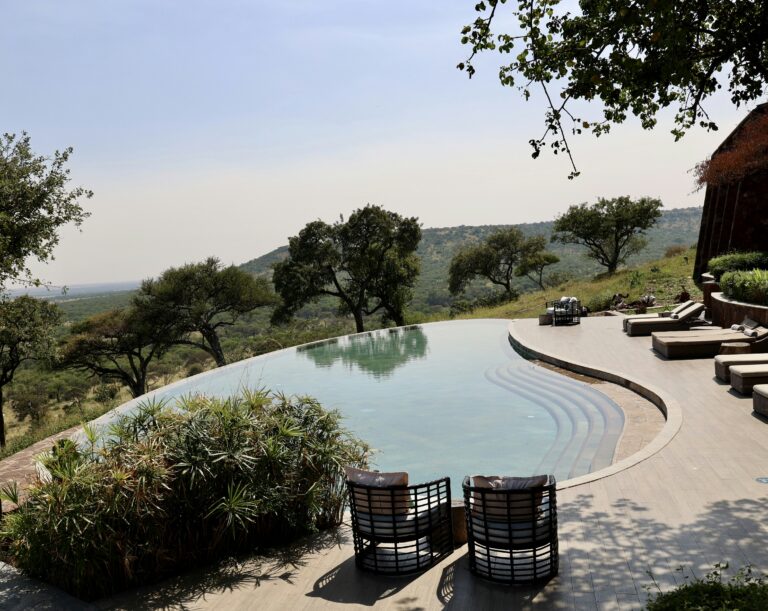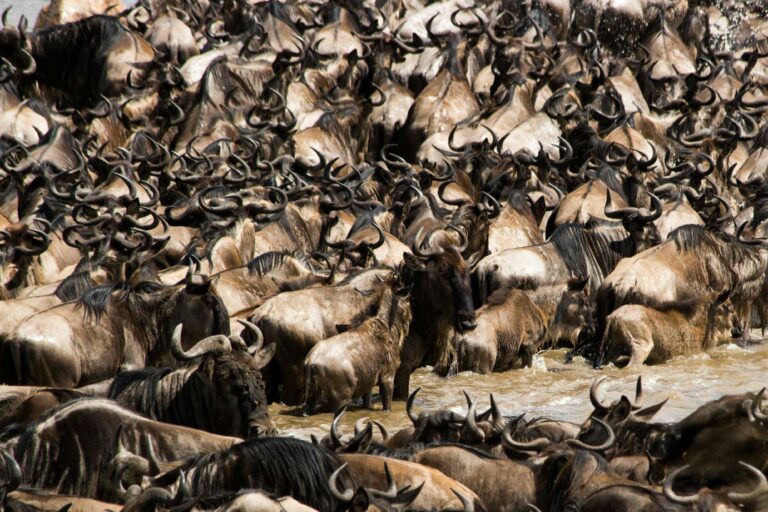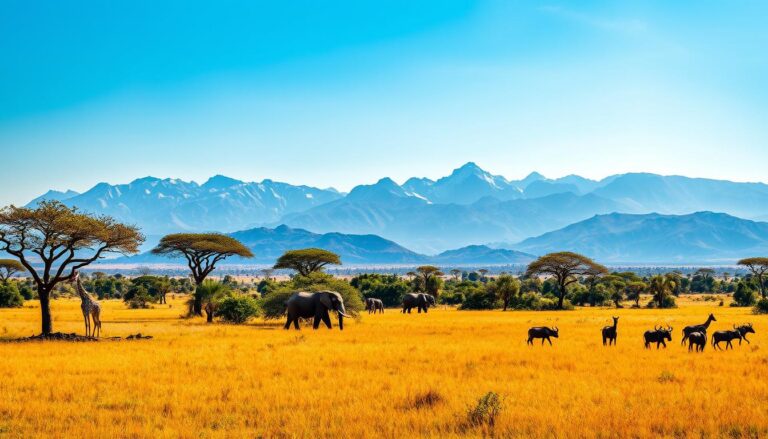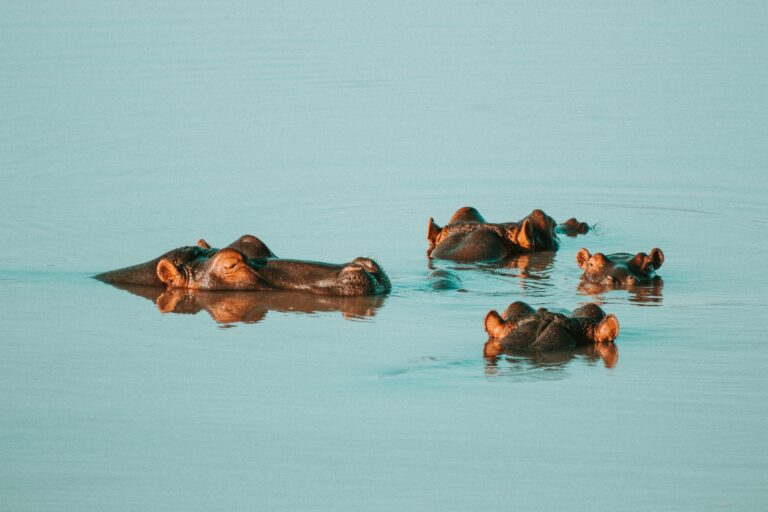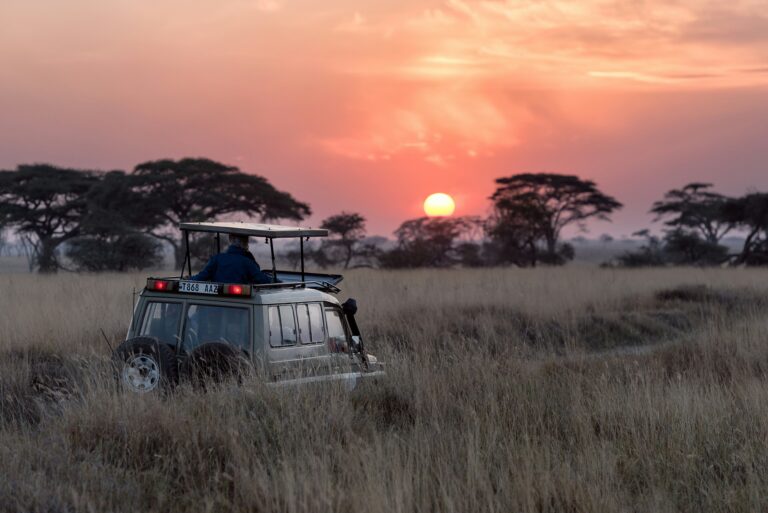Big Five Safaris Explained
Big Five Safari adventures do more than deliver unforgettable wildlife encounters—they directly support conservation across Africa. For every dollar spent, wildlife tourism can generate up to seven dollars toward protecting ecosystems and endangered species.
Once a dangerous checklist for colonial hunters in the 1800s, the “Big Five”—elephant, lion, rhino, buffalo, and leopard—have evolved into global symbols of safari wonder. Today, they attract travelers seeking not just a thrill, but a deeper connection with nature.
Your visit helps fund anti-poaching efforts, restore natural habitats, and boost local communities. In fact, more than 30% of Africa’s protected land depends on tourism revenue to survive.
From the echo of a lion’s roar to the sight of a leopard weaving through tree branches, these moments leave lasting impressions. Expert guides enrich the experience by sharing insights into animal behavior and the delicate balance of the wild.
By traveling responsibly and choosing ethical safari operators, you’re actively protecting Africa’s most iconic species. Your journey contributes to ranger support, education programs, and sustainable futures for both wildlife and people.
Introduction to Africa’s Big Five Safari
Millions of travelers venture to Africa each year seeking nature’s most iconic encounters. These legendary animals shape ecosystems and cultural narratives across the continent, offering glimpses into wild perfection.
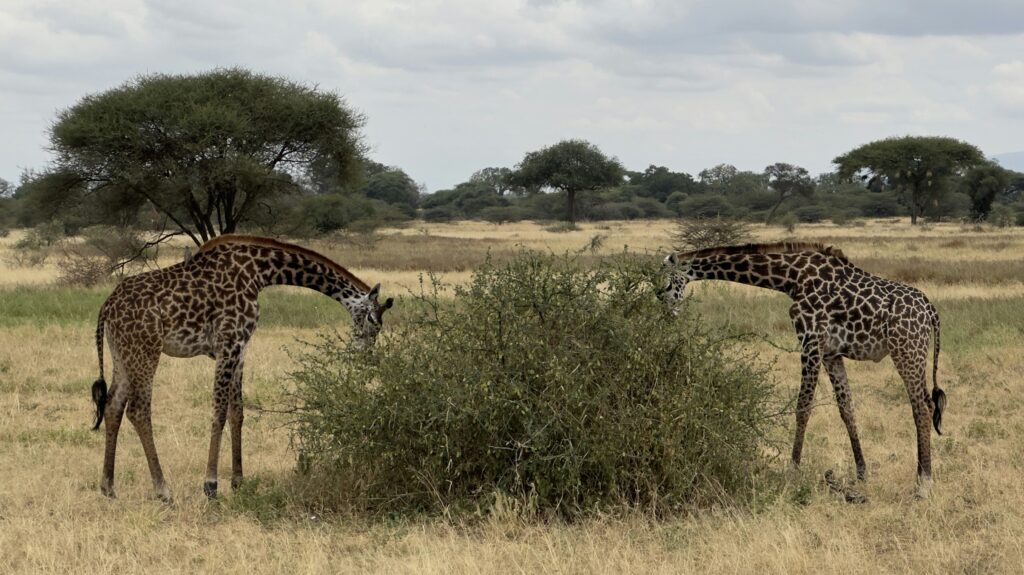
Understanding the Iconic Big Five
Each species reveals unique survival strategies. Towering elephants use tusks to dig waterholes that sustain entire ecosystems. Their 15,000-pound frames make them Earth’s largest land animals.
| Animal | Key Trait | Weight Range | Unique Behavior |
|---|---|---|---|
| Lion | Social hunter | 265-550 lbs | Roars heard 5 miles away |
| Leopard | Solitary climber | 66-176 lbs | Drags prey into trees |
| Buffalo | Protective herd | 1,100-2,200 lbs | Charges at 35 mph |
| Rhino | Lip-shaped diet | 1,700-5,000 lbs | White vs black by mouth shape |
A Brief History and Significance
Originally coined by 19th-century hunters, the term reflected the danger these animals posed during pursuits. Today, your sightings fund conservation programs protecting rhinos from poaching and preserving lion territories.
Over 150 years, perceptions shifted from trophies to treasures. Guides now share how big cats like leopards maintain ecological balance through their hunting patterns.
Planning Your Perfect Safari Adventure
Your dream wildlife journey hinges on aligning travel dates with nature’s calendar. Africa’s ecosystems transform dramatically between dry and wet months, creating distinct advantages for different priorities.
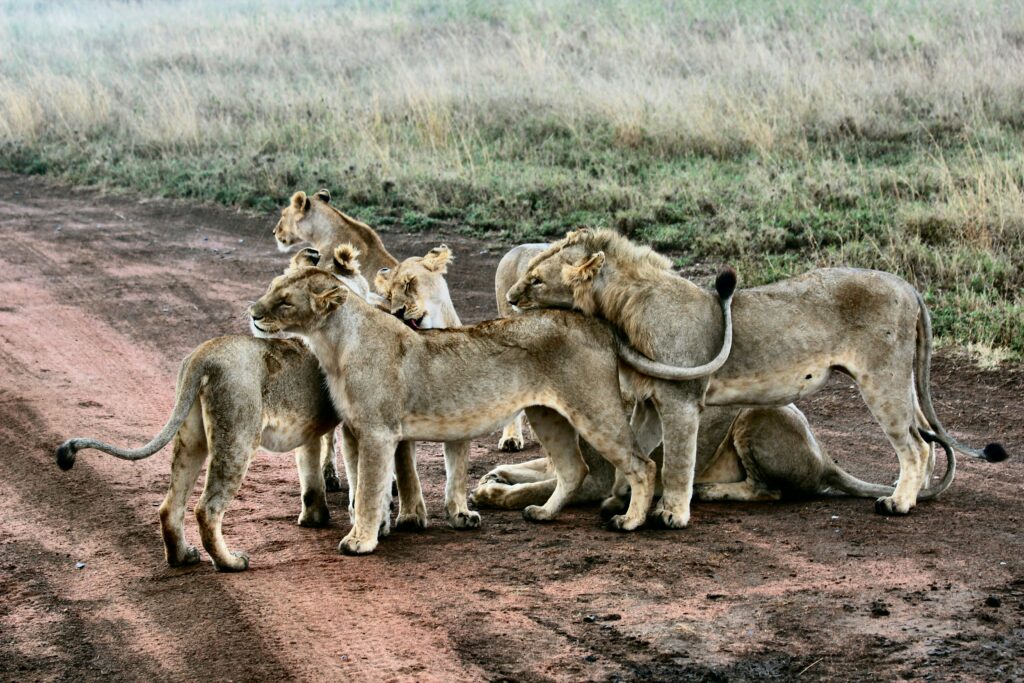
Timing and Seasonal Considerations
The dry season (May-October) offers prime viewing conditions. Thinning vegetation reveals rhinos grazing in open plains, while elephants cluster at shrinking waterholes. Guides easily track prints on parched earth, increasing chances to witness lion prides hunting.
July through October brings peak visibility. Leopards become easier to spot in trees with sparse foliage, and buffalo herds march predictably toward permanent rivers. Cooler temperatures make midday drives more comfortable.
November to April’s wet season paints landscapes vibrant green. While animals disperse across renewed water sources, you’ll enjoy photographic opportunities with dramatic skies and newborn wildlife. Birders revel in migratory species arrivals, and lodges often reduce rates by 30%.
Choosing the Right Destination
Consult safari specialists to match locations with your goals. Northern circuits shine in dry months, while southern regions offer year-round sightings. Some parks combine seasonal highlights—like Botswana’s Okavango Delta floods peaking in June during dry season.
Experienced planners help balance priorities. Want guaranteed lion sightings? Target Tanzania’s Serengeti in August. Prefer intimate experiences without crowds? Namibia’s private reserves excel in green season.
Exploring Top Safari Destinations
Africa’s wilderness reveals its greatest spectacles in carefully preserved landscapes where wildlife thrives undisturbed. Two locations stand out for delivering unmatched encounters with iconic species while supporting conservation through tourism.
Kruger National Park and Private Reserves
South Africa’s Kruger National Park spans nearly 7,500 square miles—comparable to Belgium’s size. This vast game reserve provides reliable sightings of all five legendary animals, with road networks making self-drive adventures possible. Over 145 mammal species roam between acacia thickets and riverine forests.
Adjacent to Kruger lies Sabi Sands, a private game reserve offering exclusive access. Guides here track leopards off-road and conduct night drives, revealing behaviors rarely seen in public parks. Luxury lodges blend seamlessly into the environment, their decks overlooking watering holes frequented by elephants.
Ngorongoro Crater and Beyond
Tanzania’s Ngorongoro Crater acts as a natural amphitheater, its 2,000-foot walls enclosing 100 square miles of grasslands and lakes. Nearly 30,000 animals graze here year-round, including one of Africa’s densest lion populations. The crater floor delivers sightings within minutes of descending its slopes.
Pair this geological wonder with Serengeti’s migratory herds or Tarangire’s baobab-dotted plains. Rangers share insights into Maasai conservation efforts, connecting your visit to broader ecological preservation across northern Tanzania’s national parks.
Big Five Safari: Tailored Trips and Expert Guidance
Imagine waking up to a lion’s roar just beyond your private deck—a moment made possible by expert trip planning. Specialized designers craft journeys matching your wildlife goals, travel style, and budget.
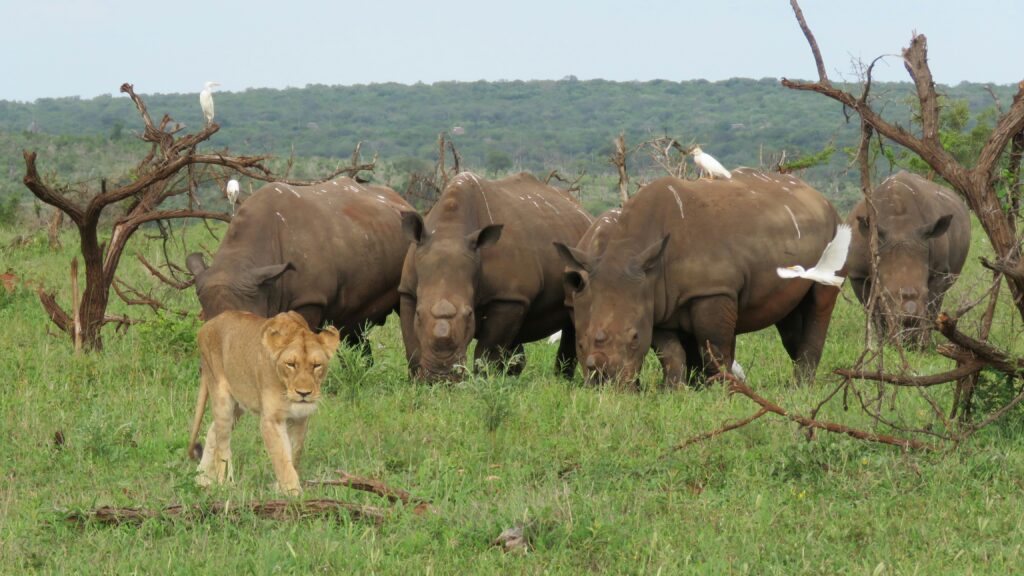
Customized Itineraries for Unforgettable Encounters
Safari specialists act as your personal matchmakers for wild Africa. They ask key questions: Want to track rhinos on foot? Prefer luxury tents with plunge pools? Need child-friendly guides? Their answers shape every detail.
| Focus | Duration | Destinations | Special Features |
|---|---|---|---|
| Classic Game Drives | 7-9 days | Tanzania, Kenya | Prime big cat sightings |
| Photographic Workshops | 10-12 days | Botswana, Zambia | Private vehicle access |
| Family Adventures | 8-10 days | South Africa | Junior ranger programs |
| Luxury Combos | 12-14 days | Cape Town + Reserves | Helicopter transfers |
These experts secure perks like sunrise access to waterholes or dinners under acacia trees. First-timers get step-by-step guidance on packing lists and camera settings. Veterans might request rare experiences like tracking pangolins with researchers.
Your days unfold at the perfect pace—early wildlife drives, relaxing afternoons, and night excursions spotting aardvarks. Specialists adjust routes based on real-time animal movements, doubling your chances for magical moments.
Luxury and Private Game Reserves
Picture sundowners on your private deck as elephants drink from a floodlit waterhole below. This level of immersion defines private reserves, where conservation meets curated wilderness experiences. Unlike public parks, these protected areas prioritize low visitor numbers and high-impact encounters.
| Feature | Public Parks | Private Reserves |
|---|---|---|
| Vehicle Access | Main roads only | Off-road driving permitted |
| Group Sizes | Up to 10 vehicles | 3 vehicles max per sighting |
| Operating Hours | Daytime only | Night drives available |
| Guide Expertise | General knowledge | Specialized tracking skills |
Exclusive Safari Camps and Lodges
Your stay in these reserves unfolds at properties blending into the landscape. Notten’s Bush Camp positions decks above active watering holes, while Ol Seki Hemingways’ stilted tents overlook Kenya’s Mara Naboisho Conservancy. These lodges offer more than beds—they’re front-row seats to nature’s theater.
Guides in private reserves track individual leopards through generations-old territories. Night drives reveal bushbabies hunting insects and hyenas on patrol. You’ll witness scenes public park visitors never see, like lions stalking prey under spotlight beams.
Flexible schedules let you chase animal movements rather than clock-watching. Want to follow a rhino herd at dawn? Your guide makes it happen. This freedom transforms standard game drives into tailored adventures where every turn brings new discoveries.
Diverse Wildlife Encounters on Safari
Africa’s wild spaces teem with life beyond imagination. While iconic species command attention, every rustle in the grass reveals nature’s interconnected web. Guides decode these relationships, turning each drive into a masterclass in ecology.
Spotting the Majestic Big 5
Watch elephant herds march along ancient paths worn deep into the earth. Their matriarchs remember water sources unseen for decades. Leopards melt into mopane trees—experts track faint paw prints to reveal these elusive cats.
Lion prides sprawl in golden grass, their roars vibrating through your chest at dusk. Cape buffalo cluster in defensive formations, horns forming impassable walls. Witness rhino conservation in action as rangers share anti-poaching victories during rare sightings.
Beyond the Big 5: Additional Wildlife Experiences
Cheetahs accelerate across plains in bursts of spotted lightning. Giraffes duel with neck-swinging elegance while zebra herds stripe the horizon. Hippos yawn pink cavernous mouths at sunset, their bellows echoing across rivers.
Each encounter deepens your understanding of ecosystems. From dung beetles rolling nutrient-rich balls to fish eagles plunging for prey, Africa’s wildlife spectacle never pauses. Your presence fuels protection for these irreplaceable animals.

